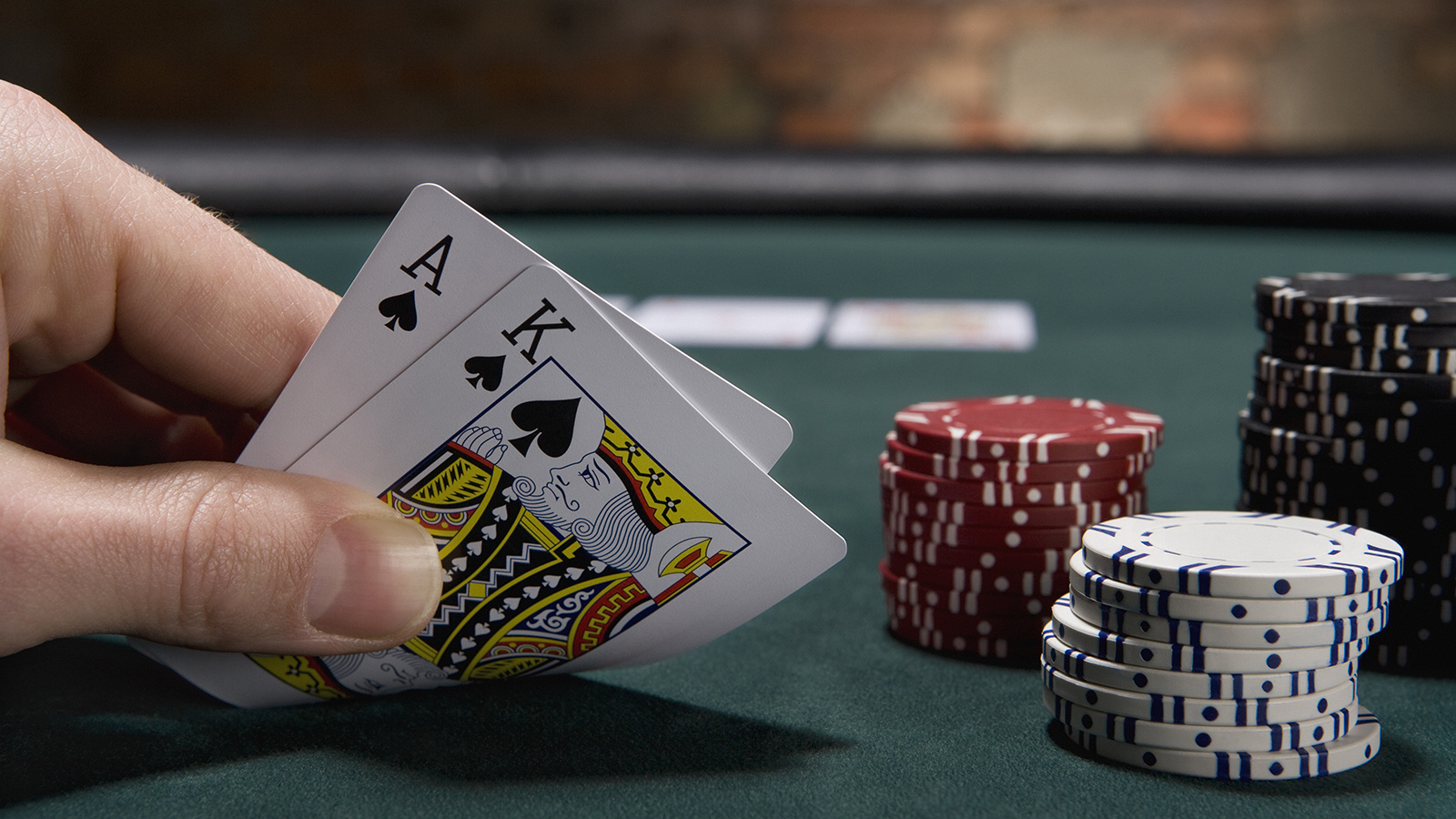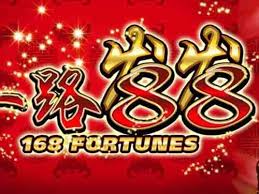Four-Three suited can look pretty good after being card dead for some time! But although it might seem like a dynamic hand, you should be careful about when you decide to play it. Frankly, Four-Three suited isn’t that great. If you play it too often and in the wrong situations, you risk losing money over the long term.
It depends a lot on the hand, and the level.
Playing in a Four-Three fit at the game level can be a lot like playing tt88 game, where you and the opponents both have extra stoppers. If you are in game on a Four-Three trump fit, that is probably because you explored 3NT but found you hand an unstopped or inadequately-stopped side suit. In this case, you must develop your side suit(s) while dummy still has a trump to stop the unstopped suit. Once this is done, assuming your trumps are solid, you can draw trump and run out with your 10 tricks.
At the partscore level, sometimes you must play the hand on a semi-crossruff, trying to score as many tricks as you can before the hand explodes. Sometimes it’s best to pull just two rounds and let the opponents score one or two of their low trumps in order to maintain control. If, for example, you have Axxx opposite xxx, you pull exactly two rounds by ducking the first trump and winning the second.
This is very generic advice, and sometimes the correct play is the other way around, playing a crossruff at the game level, or carefully developing tricks at the partscore level.
Develop side suit(s) first, then draw 3 rounds of trumps
The idea here is that you do not allow opponents to tap the 4-trump hand, and in the end, if trumps are 4-2, it will be 1 trump vs 1 trump, but we have the lead, so we play winners untill he ruffs and then with the last trump we regain the lead and finnish our winners.
To avoid being tap sometimes you will have to refuse to ruff waiting for dummy (the 3-card hand) to be empty so he can take care of the trumps
Ruff in the 3-card hand, then draw 4 rounds of trumps
Dummy has a shortness and 2/3 tiny trumps. Take advantage of their ruffing potential, then draw as many opponent’s trumps as you can before switching to playing your long suits. This requires some communication to the 4-card hand to ruff and also draw trumps later.
Draw 4 rounds, play NT
Sometimes you just want to switch to NT, elt it be because the opponents didn’t lead a dangerous suit and you still have stoppers, because dummy’s potential ruff stopped them already from creating havok, or simply because you think its the best tactic now, sometimes you will simply draw all trumps and switch to NT.
Lose control and cross ruff as much as you can
In case you do not need to cash 4th/5th roudn winners on any suit, and you have shortness in one of each hands. forget about opponents trumps and focus on making all the tricks you can now by cashing aces/kings and ruffing. In the end opponents tricks will compress as they are forced toruff partner’s winners with their trumps. teh main decision you will have to make is wether to cash third round winners or forget about them completelly.
Use the 3-card hand as the main one
When tapping the long hand is inevitable, sometimes you will end up using the 3-card one as the main one and use it to draw as much trumps as you can from opponents before commiting to winners. This is a risky business and will only work on desperate situations when trumps are 3-3, or when the opponent with 4 cards has no more cards in their stablished suit.
One important theme on Four-Three fits is that the most important trick to win is the third round of trumps (Except for the cross ruff line). Always try to delay the ace for that round, both in defence and in offence.
Finally, do not be scared of opponent’s ruffing on a partscore. If opponents get an early ruff, most likely the player who ruffs is doing so with 4 or 5 trump holding and winning the trick with a ruff is coming with a cost for him.



